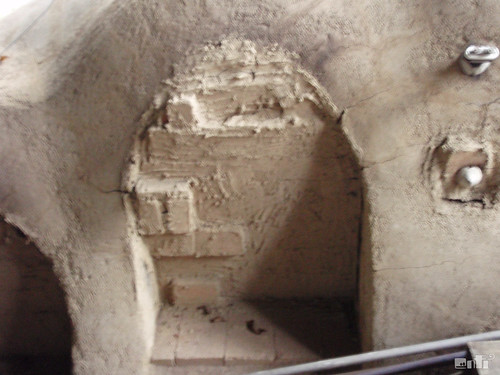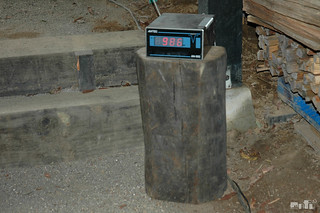The riff in On your bike is another incarnation of one of the musical themes across Setsu, where this or a similar ascending 3-chord riff is heard on Harvest and Practice Perfect (in an E7-chord shape, rather than the A7-chord formation above); but the riff appears even more similarly on the June track (coming up), except in a minor-key guise.
Here, in On your bike, you've got the capo on the third fret. The chords look like this:
With alternate parts snazzy finger-picking and chunky strumming.
Lyrically, the verses focus on three different characters. The junior high school boy:
I get up on a Monday: gotta get off to schoolIt's only compulsory to wear your helmet till you finish junior high, so not doing the strap up is about as open as rebelliousness gets for these kids. Then there's the OL (office lady) with dreams of not being an OL for much longer:
Got my books in my bag, got a black and white uniform
Don't need my jacket now the May days aren't so cool
Shit! 母さん 7.23 ともゆき君's gonna be waiting there for me [母さん = kaa-san = mum; ともゆき君 = Tomoyuki-kun = his friend Tomoyuki]
Where we meet every day at the convenience store car park
Gotta get to pre-school baseball at the school park
Out the door, saddle up, helmet on, but don't do the strap up
I get up every weekday: gotta get off to workAnd the elderly farmer, still working the family plot:
Hair up, face on, blue office lady uniform
3 years now as a desk clerk
ね—母さん 8.24. No time for breakfast. Out the door
At my desk I dream: me as a bride
But for now I'll saddle up and ride
The sun's up, so so am I at 5Which is exactly why he or she is still so fit at that age. (I was pretty happy getting the word octogenarian into a song, by the way :) ). They do get up ridiculously early. No daylight savings means the sun is up around five in the middle of Summer.
The field needs me to bend my back
That's how my crops and I continue to thrive
So saddle up for a wobbly ride again
Not bad for an octogenarian
I am free
For each I tried to give the sense that, despite being trapped in their role in society, their daily bike ride is a kind of freedom, however small, not like the rest of us mugs in our cars crammed on Japanese roads.
Finally, this is one of the best middle eights (or bridges if you prefer) I've written, complete with diminished chords. Here's the sequence with the vocals turned down so as to focus on the dreamy guitar effect:






